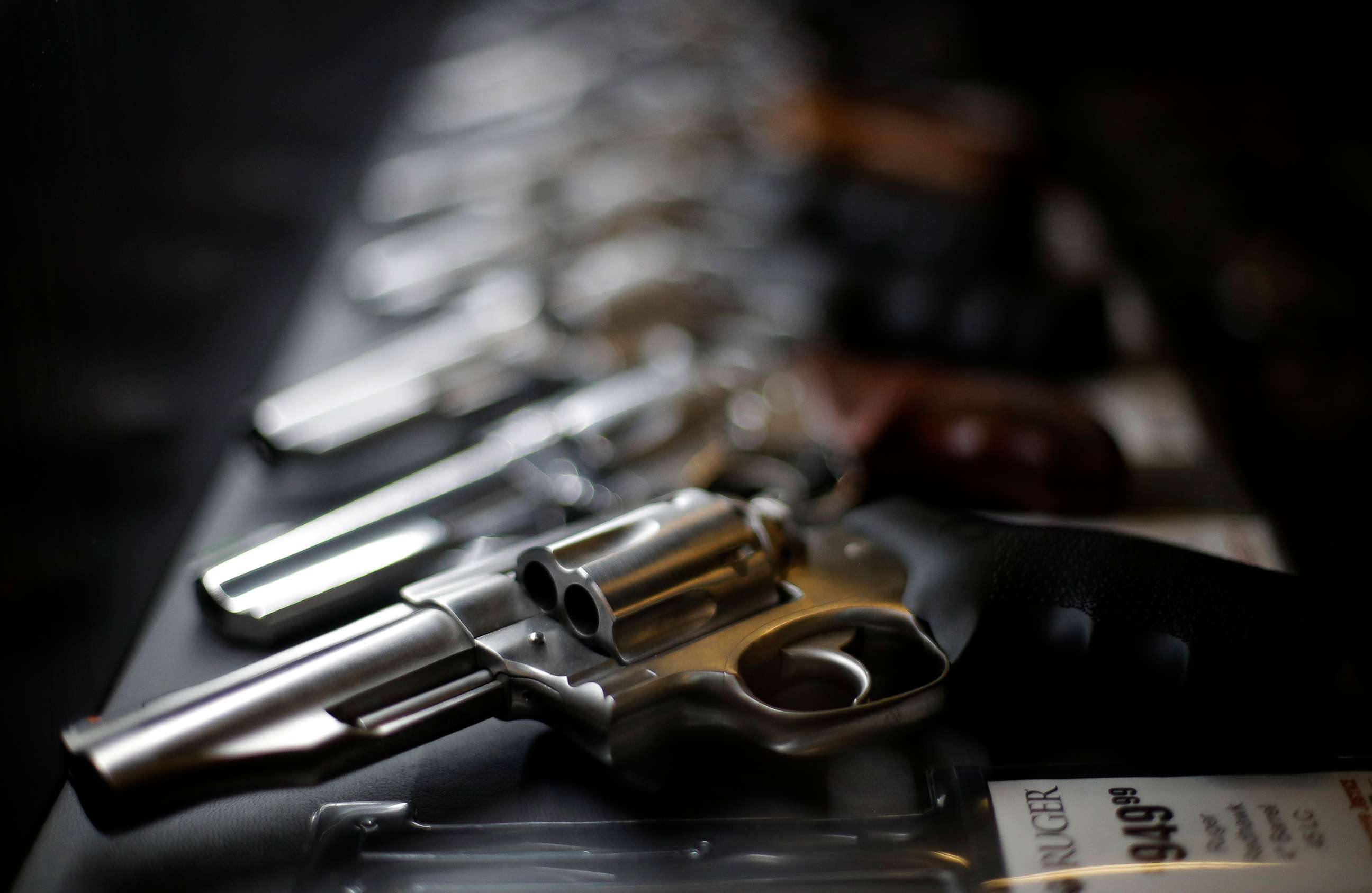Congress agrees on historic deal to fund $25 million in gun violence research
"This funding hangs out a sign that says we're open for business."
Congress has reached a spending agreement that includes $25 million for gun violence research, the first funding in more than 20 years to study a problem that kills 40,000 people annually.
The money will be split evenly between the Centers for Disease Control and Prevention and the National Institutes of Health.
While the allocation is less than the $50 million the House authorized for gun violence and safety research in a budget bill it passed in June, Dr. Mark Rosenberg, who ran the CDC’s National Center for Injury Prevention and Control in the 1990s, called the funding a gesture of historic proportions.
"It's the biggest amount that the federal government has ever put into federal firearms research," Rosenberg noted. "It signals an end to the drought of knowledge about preventing this significant problem."
The bill will provide $12.5 million each for the CDC and NIH.
"Given violence and suicide have a number of causes, the agreement recommends the CDC take a comprehensive approach to studying these underlying causes and evidence-based methods of prevention of injury, including crime prevention," the bill states. The same language is repeated in the bill for the NIH.

Funding for gun violence research has been a political football since 1996, when Congress passed the Dickey Amendment, which barred federally funded research that would "advocate or promote gun control."
While the Dickey Amendment did not outlaw gun violence research outright, the symbolic effect the amendment had was pronounced. Gun violence research effectively ground to a halt in the wake of the amendment and the field atrophied, as young scientists declined to focus their research in an area where they knew funding would be a continual struggle.
"What has happened in the last 20 years is that there's been a battle raging between the gun-control people and the gun-rights people," said Rosenberg, who led the NCIPC at the time the Dickey Amendment passed.
"They have spent more time and effort fighting each other than fighting the problem," he added.
"Year after year Congress has been basically maintained this ban out of this kind of faulty idea that gun violence research has somehow partisan and so as a result it is one of the most understudied causes of death in the United States and it's just really fantastic to see some movement from Congress," Jonathan Metzl, professor and director of Center for Medicine, Health, and Society at Vanderbilt University, told ABC Live's "The Briefing Room" Monday afternoon.
Publications of firearm violence research fell 64% during the decade and a half that followed the amendment, according to an analysis published in JAMA Internal Medicine in 2017.
In 2018, Congress clarified language in the amendment to state that the federal government has the authority to conduct research into the causes of gun violence, but that clarification did not come with any additional funding. It also didn't seem to have much effect on the culture at the CDC. While the new research dollars are important, the symbolism of the funding is also crucial, including for the people who work at the CDC, explained Ted Alcorn, an associate at the Mailman School of Public Health at Columbia University, who authored the JAMA Internal Medicine analysis.
"For too long researchers have learned to assume that the CDC does not support gun violence research," he said. "They need an affirmative push from Congress to say not only you can, but you shall support this kind of work."
"This funding hangs out a sign that says we're open for business," he added.
While a slew of private and state funders have stepped in to try and fill the gap left by the federal government, that money, including this year's $9.8 million in grants from the National Collaborative on Gun Violence Research, pale in comparison to the scope of federal dollars.
As for the $25 million, it falls far short of the federal funding that other fields of public health receive. Motor vehicles and firearms kill a similar number of people annually, Rosenberg explained. But unlike firearm deaths, the government invests about $90 million each year in studying vehicle fatalities.
"Is it enough?" Rosenberg said of the $25 million. "Absolutely not."
Still, both Rosenberg and Alcorn think any funding is an encouraging start.
"It's without a doubt the most meaningful step that federal lawmakers have taken to addressing gun violence as a public health emergency," Alcorn said. "It's one thing to make statements about our concerns about gun violence. It's something entirely different to put cash on the table."